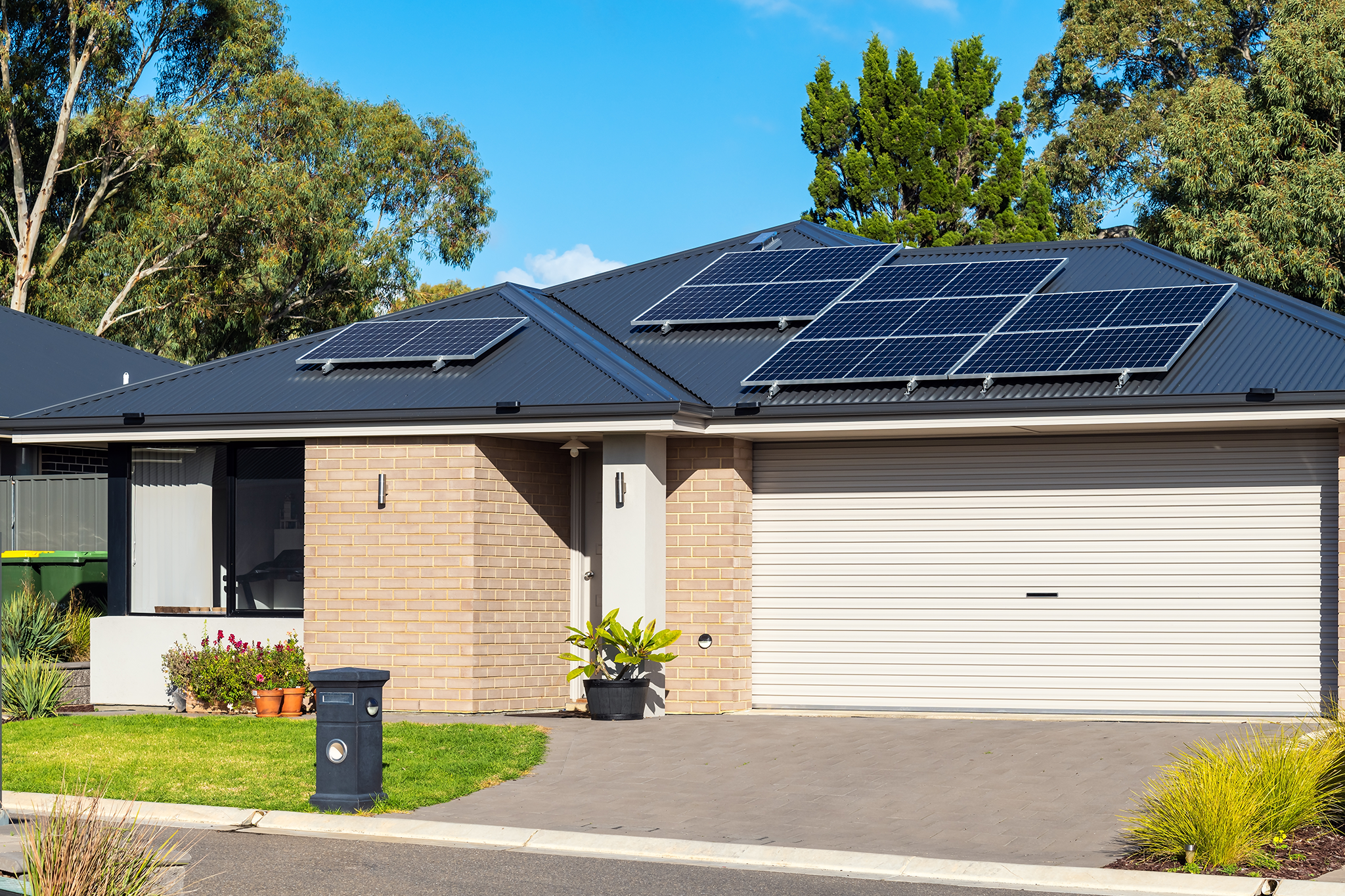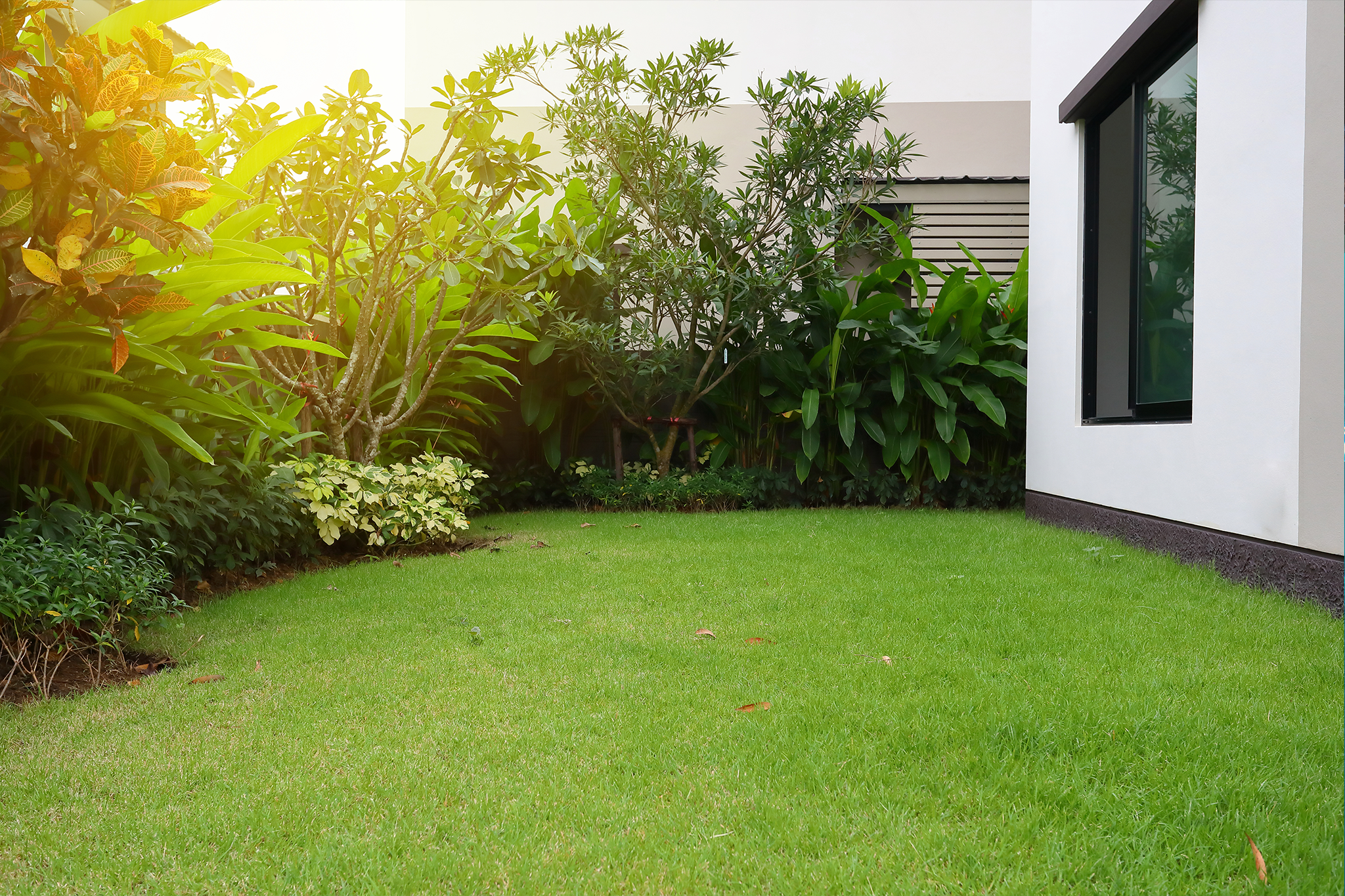

Eco-Friendly Home Improvements: Sustainable Upgrades for a Greener Future
In Australia, the importance of sustainable living is more crucial than ever, especially given our unique environment and the challenges posed by climate change. As homeowners increasingly seek to reduce their environmental footprint, eco-friendly home improvements have emerged as a popular and rewarding trend. These upgrades not only contribute to a healthier planet but can also enhance your home’s value and comfort. Whether you’re planning a major renovation or simply looking for small changes, there are plenty of eco-friendly options to consider.
Energy-Efficient Windows and Doors
One of the most effective ways to reduce energy consumption in your home is by upgrading to energy-efficient windows and doors. Traditional windows and doors can be significant sources of heat loss, leading to higher energy bills and a larger carbon footprint. Look for products that meet the Australian standards for energy efficiency. Double or triple-glazed windows, low-emissivity (low-e) coatings, and well-insulated doors can drastically improve insulation and help maintain a consistent indoor temperature, reducing the need for heating and cooling.
Solar Panels
Investing in solar panels is one of the most impactful eco-friendly home improvements you can make, particularly in Western Australia. With abundant sunshine year-round, harnessing solar energy can significantly lower your electricity bills and reduce reliance on fossil fuels. Many Australians are pleasantly surprised by the return on investment that solar energy provides. Government incentives and rebates can help offset the initial installation costs and over time, solar panels contribute to substantial savings.
Energy-Efficient Appliances
When it comes time to replace appliances, consider investing in energy-efficient models. Appliances that carry the ENERGY STAR® label or are endorsed by the Australian Government’s Energy Rating program use less energy and water than their conventional counterparts, helping you save on utility bills while reducing your environmental impact. Look for energy-efficient refrigerators, washing machines, dishwashers, and ovens. Additionally, consider switching to induction cooktops, which use less energy and heat up faster than traditional gas or electric ranges.
Smart Home Technology
Smart home technology is a fantastic way to enhance energy efficiency. Smart thermostats, lighting systems, and power strips can help you monitor and control your energy use more effectively. For example, smart thermostats learn your habits and adjust heating and cooling settings accordingly, leading to significant savings. Smart lighting systems can be programmed to turn off when no one is home or adjust based on natural light, reducing energy consumption throughout the day.
Sustainable Flooring
When choosing flooring materials, consider sustainable options that are both durable and eco-friendly. Bamboo, cork, and reclaimed wood are excellent alternatives to traditional hardwoods. Bamboo is a fast-growing grass that can be harvested without damaging the ecosystem, while cork is harvested from the bark of cork oak trees without harming the tree itself. Reclaimed wood, sourced from old buildings or structures, not only reduces waste but also adds character and charm to your home.
Low-Flow Fixtures
Water conservation is crucial in Australia, especially in regions prone to drought. Upgrading to low-flow fixtures can help you save water without sacrificing performance. Low-flow showerheads, faucets, and toilets can reduce water consumption by up to 50% while still providing adequate pressure and functionality. By making these simple changes, you can significantly decrease your water bills and lessen your environmental footprint.
Green Insulation
Insulation plays a vital role in maintaining a comfortable indoor environment and reducing energy costs. Consider using eco-friendly insulation materials, such as cellulose made from recycled paper or sheep’s wool, which is a natural and renewable resource. These materials not only offer excellent thermal performance but also contribute to better indoor air quality since they often contain fewer chemicals than traditional insulation options.
Native Landscaping
If you’re looking to improve your home’s exterior, consider landscaping with native plants. Native plants are adapted to the local climate and soil conditions, making them easier to maintain and more resilient against pests and diseases. They require less water, fertilizer, and pesticides, reducing your overall environmental impact. Additionally, native landscaping can enhance local biodiversity by providing habitat for local wildlife, such as birds and pollinators.
Rainwater Harvesting Systems
Implementing a rainwater harvesting system is an innovative way to conserve water. By collecting rainwater from your roof and storing it for later use, you can reduce your reliance on mains water. This harvested water can be used for irrigation, washing cars, or even flushing toilets, making it a versatile and eco-friendly option for any homeowner.
To sum up…
Eco-friendly home improvements are a powerful way to reduce your environmental impact while enhancing the comfort and value of your home. There are numerous options to suit any budget or style and by investing in these, you can contribute to a greener future for all Australians. Whether you choose to implement one improvement or several, every small step counts toward building a more sustainable world.



